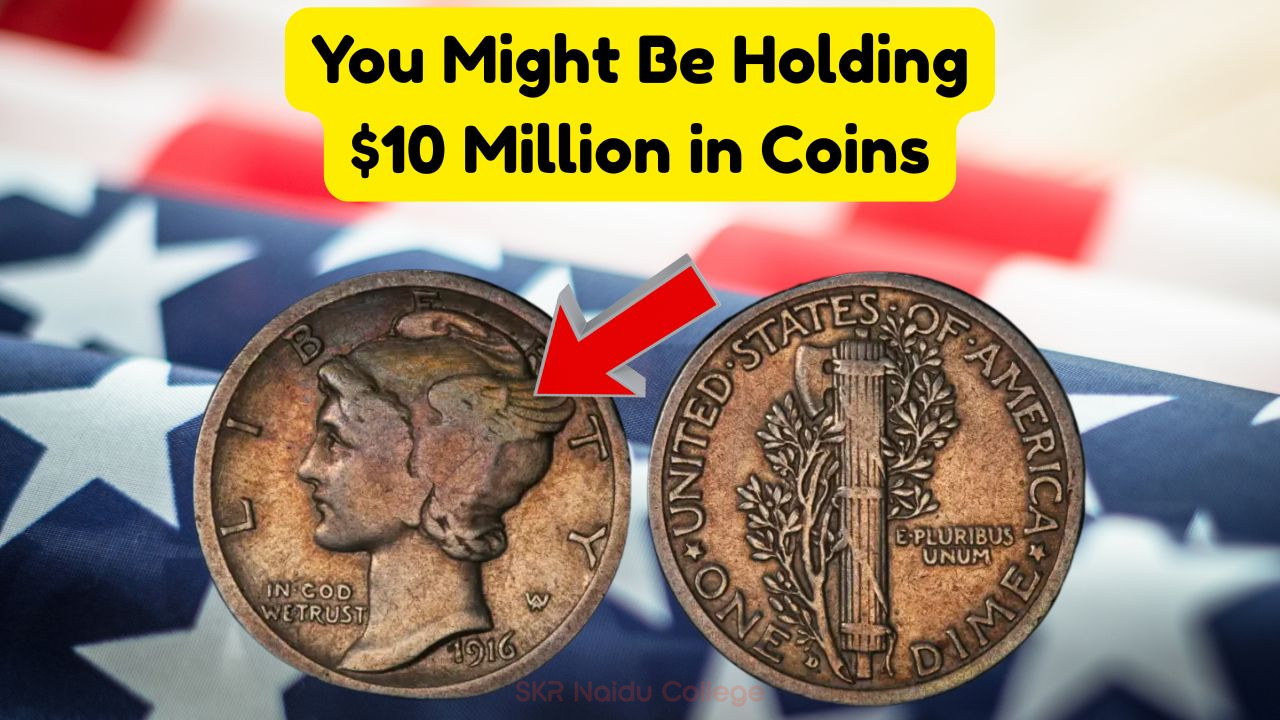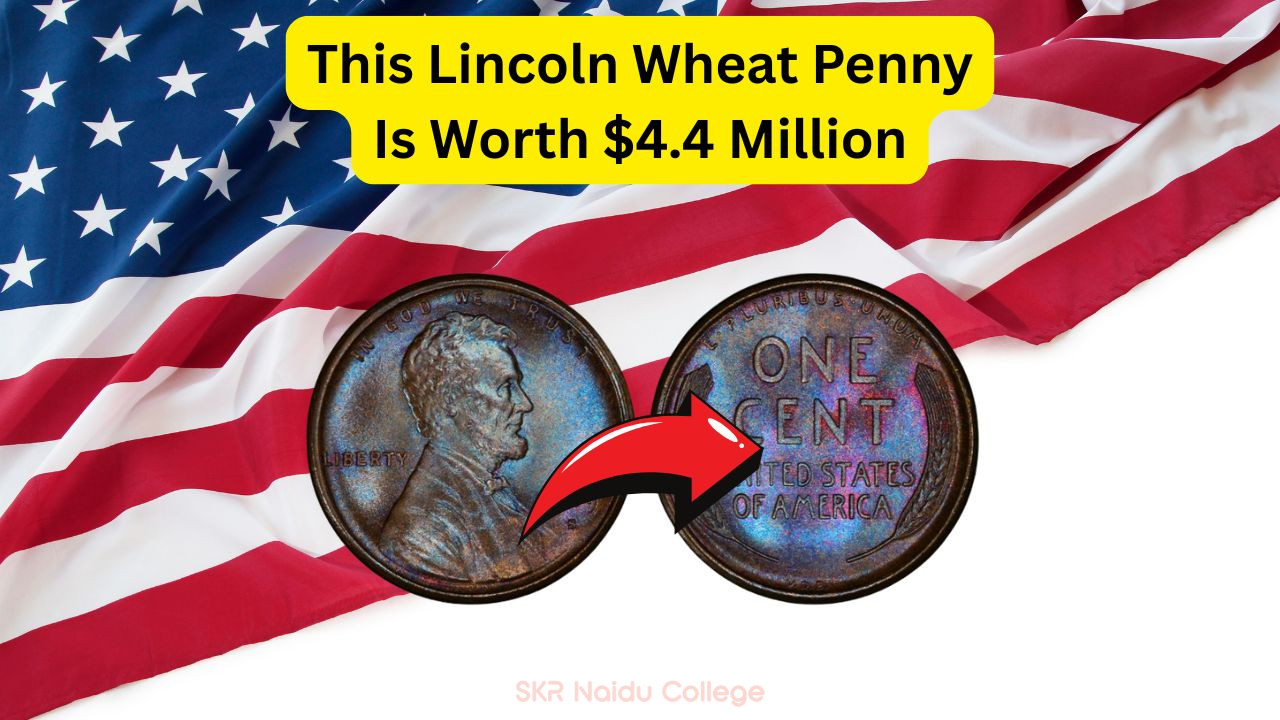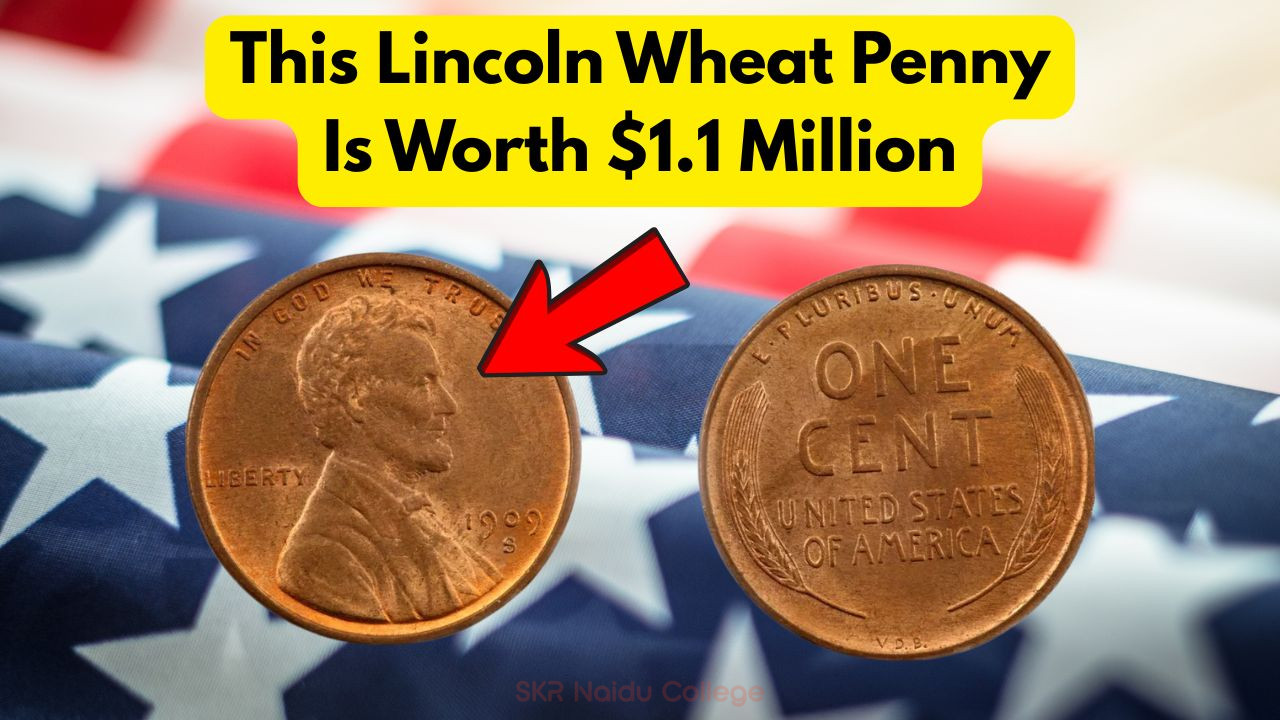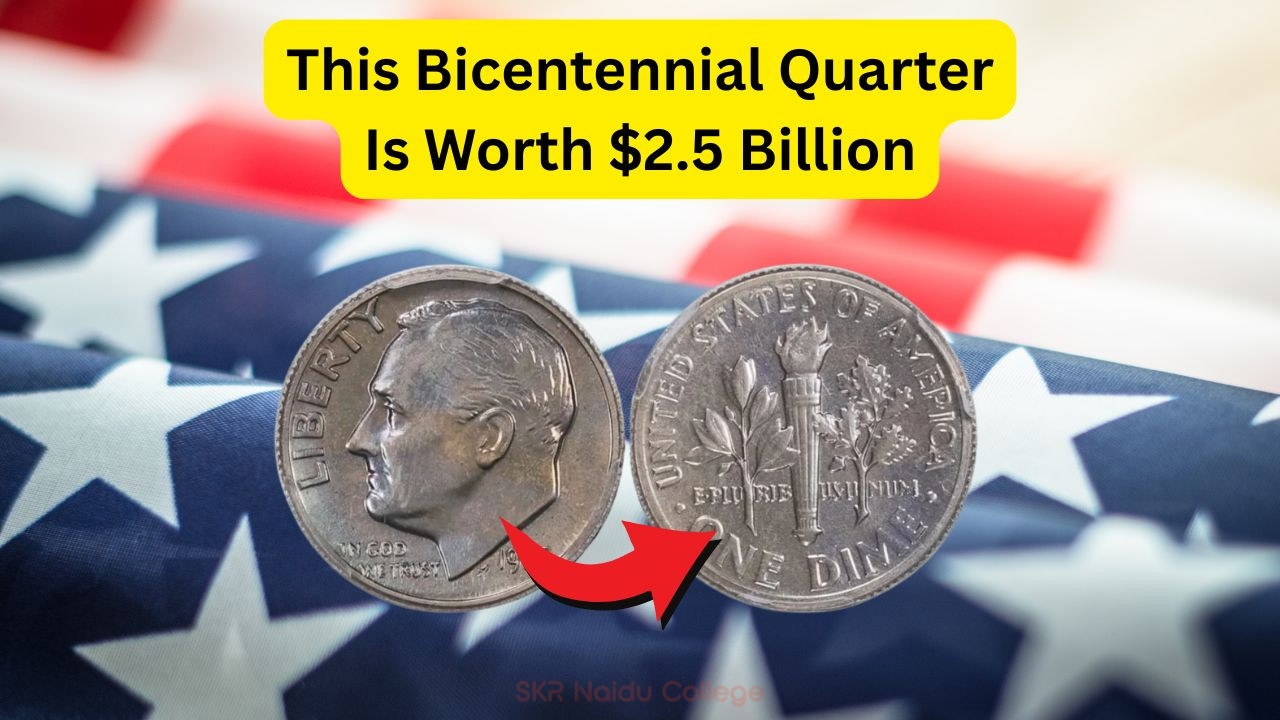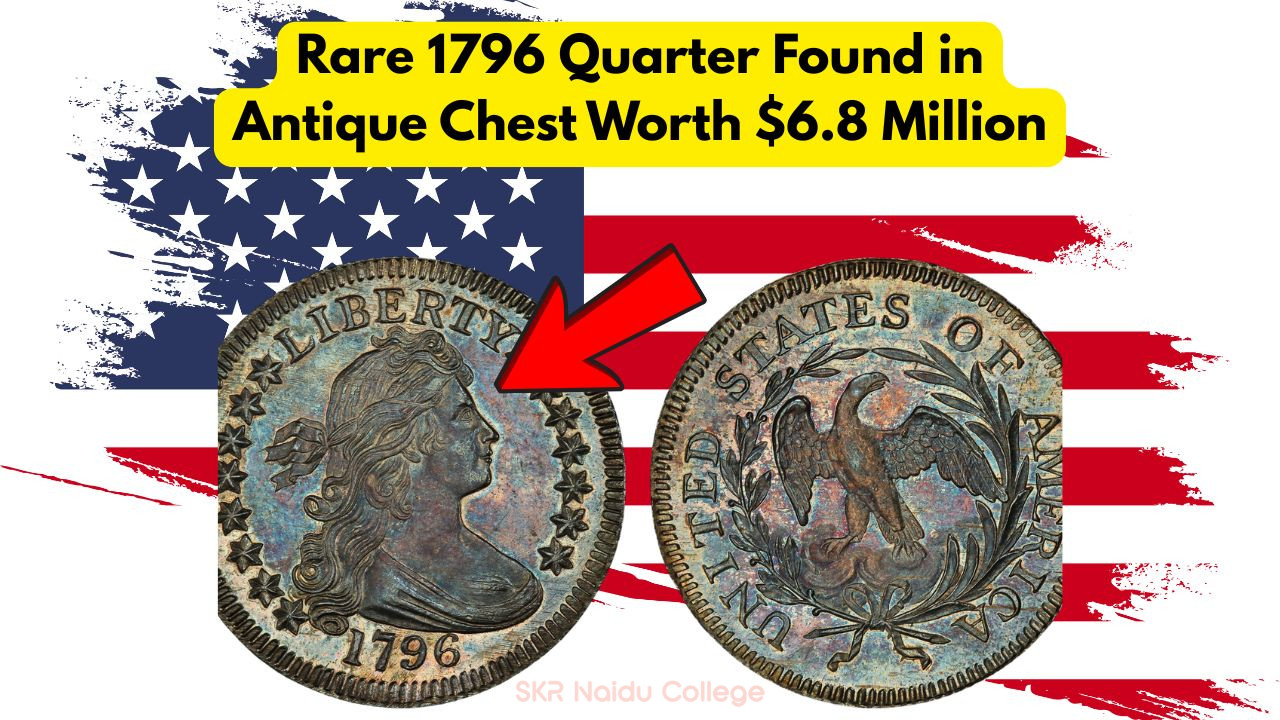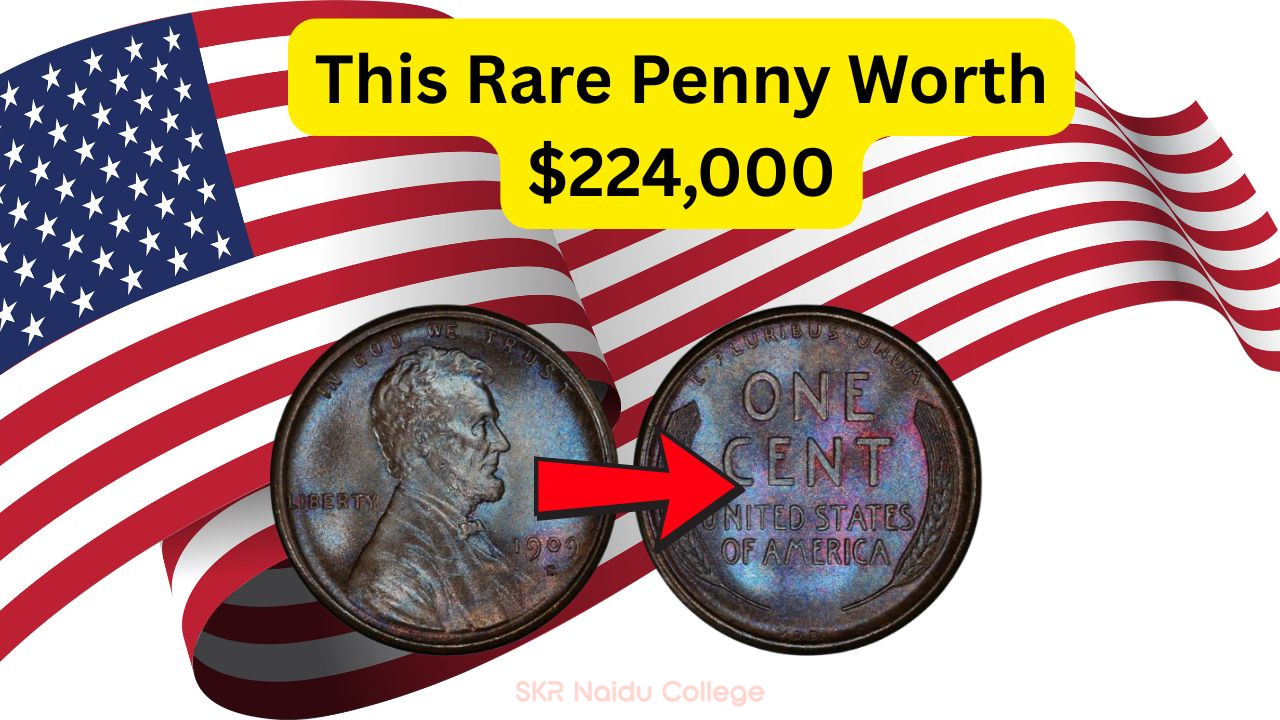Rare Dimes & Bicentennial Coins
Exploring the Value of Rare Dimes and Bicentennial Coins
Rare dimes and bicentennial coins: Often overlooked, these small pieces of metal can sometimes hold tremendous value, warranting a closer inspection of that coin jar tucked away in your closet. For coin collectors, finding that elusive rare coin is akin to striking gold. With the right knowledge, your collection might just contain a hidden treasure worth millions.
- Understanding Coin Rarity
- Historical Significance of Bicentennial Coins
- Key Features That Increase Coin Value
- How to Evaluate Your Coins
Top Rare Dimes That Could Be in Your Collection
- 1894-S Barber Dime
- 1916-D Mercury Dime
- 1942/41 Mercury Dime
- 1873 CC No Arrows Seated Liberty Dime
- 1796 Draped Bust Dime
Why Bicentennial Coins Hold Special Value
The fascination with bicentennial coins stems from their unique place in American history. Minted in 1976 to celebrate the 200th anniversary of the United States, these coins feature distinctive designs that set them apart from regular currency. Their limited mintage and historical significance have made them a sought-after item among collectors.
| Coin | Mint Year | Design | Mint Mark | Material | Estimated Value | Notes |
|---|---|---|---|---|---|---|
| Washington Quarter | 1976 | Drummer Boy | D | Clad | $5-$10 | Commonly found |
| Jefferson Nickel | 1976 | Monticello | P | Copper-Nickel | $1-$5 | Limited circulation |
| Kennedy Half Dollar | 1976 | Independence Hall | S | Silver | $10-$25 | Proof set |
| Eisenhower Dollar | 1976 | Liberty Bell | None | Silver | $15-$40 | Collector’s favorite |
| Susan B. Anthony Dollar | 1979 | Liberty | P | Copper-Nickel | $1-$3 | Post-bicentennial |
Determining the Worth of Your Coins
When it comes to valuing your coins, several factors come into play. The rarity, condition, and historical significance all contribute to the coin’s worth. Coins that are well-preserved in terms of mint state or proof quality are typically more valuable than those with wear and tear. Additionally, coins with unique errors or low mintage numbers are particularly valuable to collectors.
Tips for Evaluating Coin Value
- Check for Unique Mint Marks
- Inspect the Coin’s Condition
- Research Historical Context
- Consult Professional Grading Services
| Coin Type | Condition | Mint Mark | Potential Value |
|---|---|---|---|
| Barber Dime | Mint State | S | $1,000+ |
| Mercury Dime | Good | D | $500+ |
| Seated Liberty Dime | Fine | CC | $10,000+ |
What Makes a Coin Rare?
- Low Mintage Numbers
- Unique Design Elements
- Historical Errors
Preserving the Value of Your Coins
To preserve the value of your rare coins, it’s essential to store them correctly. Coins should be kept in a climate-controlled environment, away from moisture and direct sunlight, which can cause tarnishing or discoloration. Using proper storage materials like acid-free holders or albums can also help protect them from damage.
Frequently Asked Questions
- How can I find out if my coins are valuable? Research online resources, consult a professional appraiser, or visit coin shows to gain insights into your collection’s worth.
- Are bicentennial coins still in circulation? While some bicentennial coins are still used as regular currency, many have been collected due to their historical significance.
- What is the best way to sell my rare coins? Selling through reputable auction houses or online platforms that specialize in collectibles can help you reach interested buyers.
- How do mint marks affect a coin’s value? Mint marks can indicate where a coin was produced and often affect its rarity, contributing to its overall value.
- Can cleaning my coins decrease their value? Yes, cleaning coins can damage their surface and significantly reduce their value in the eyes of collectors.
